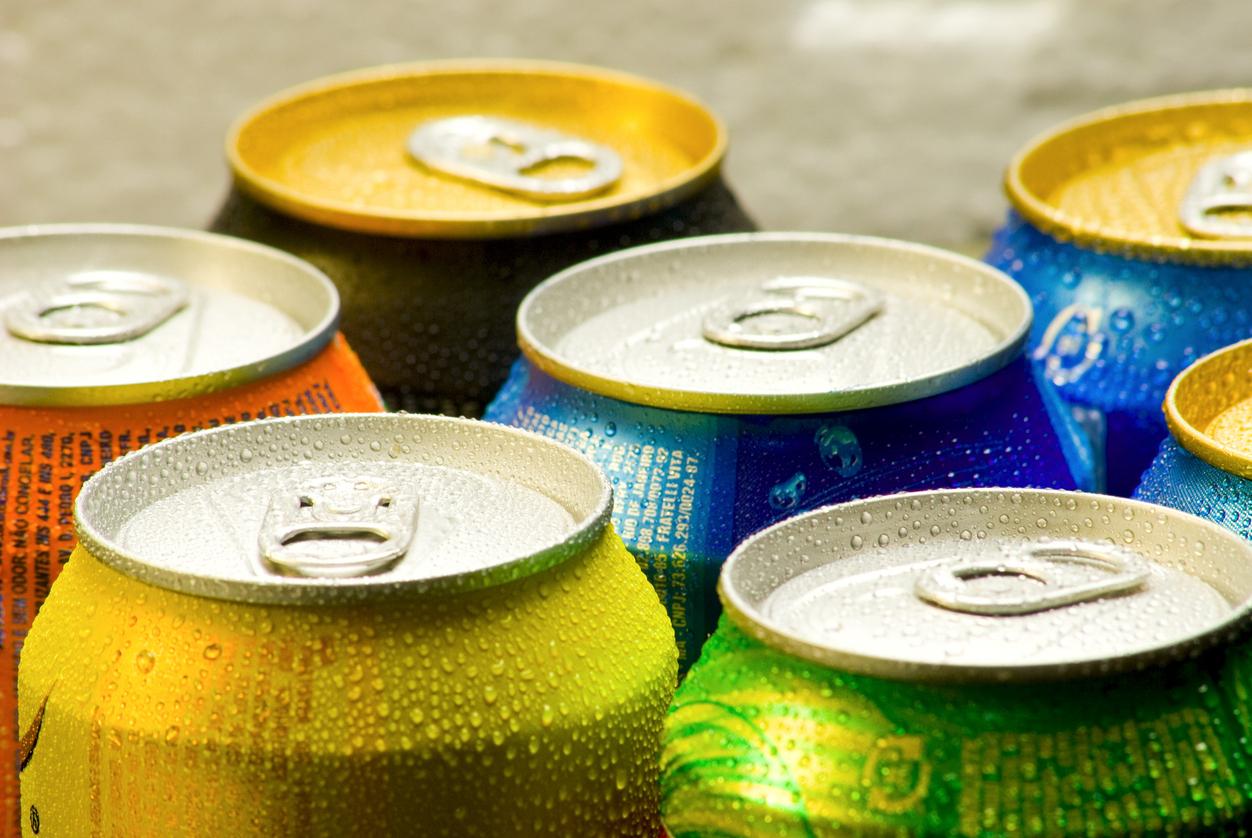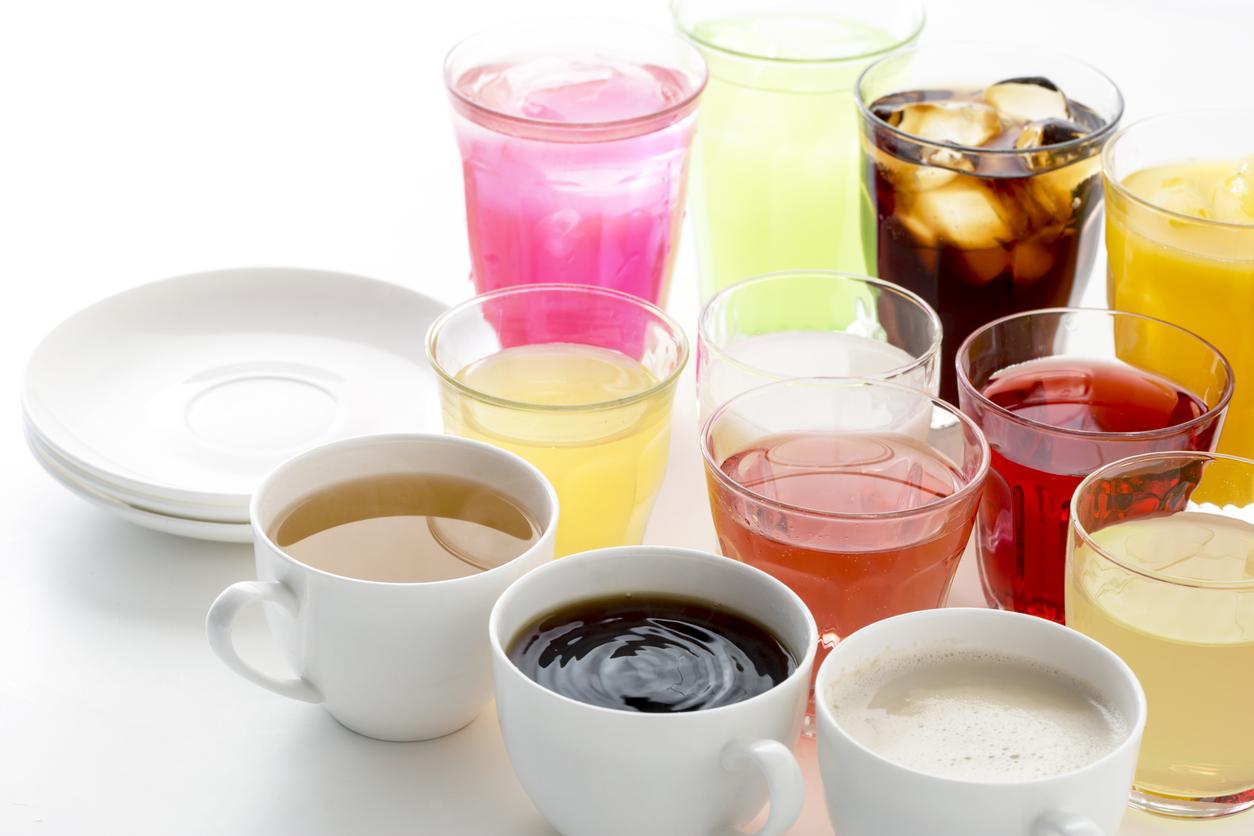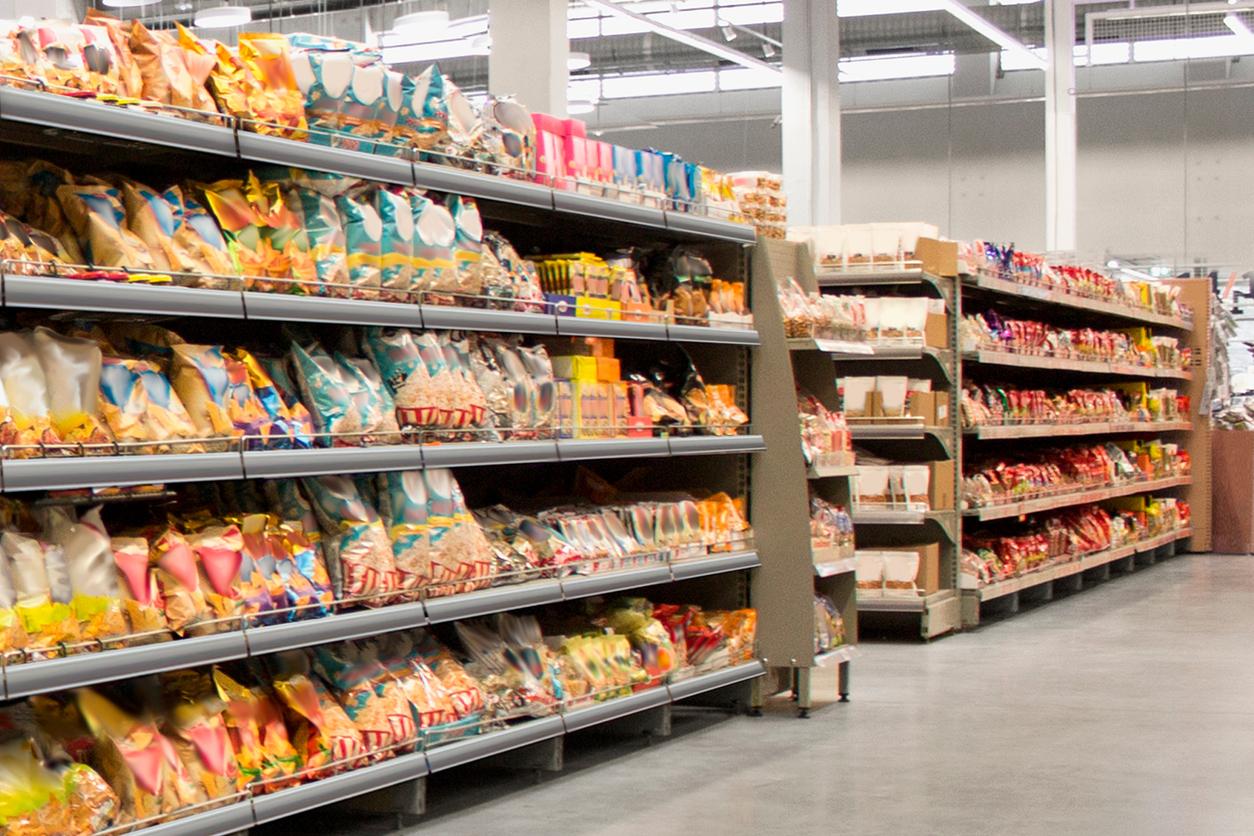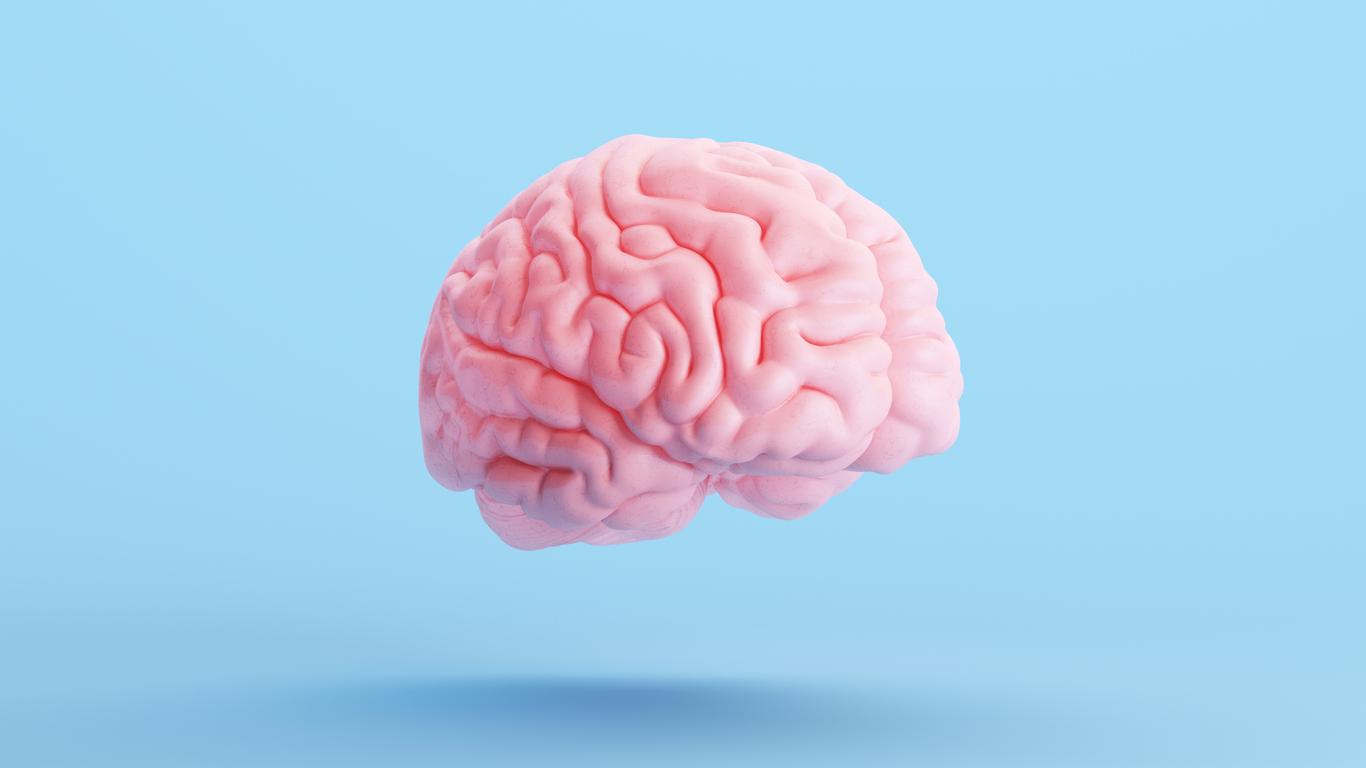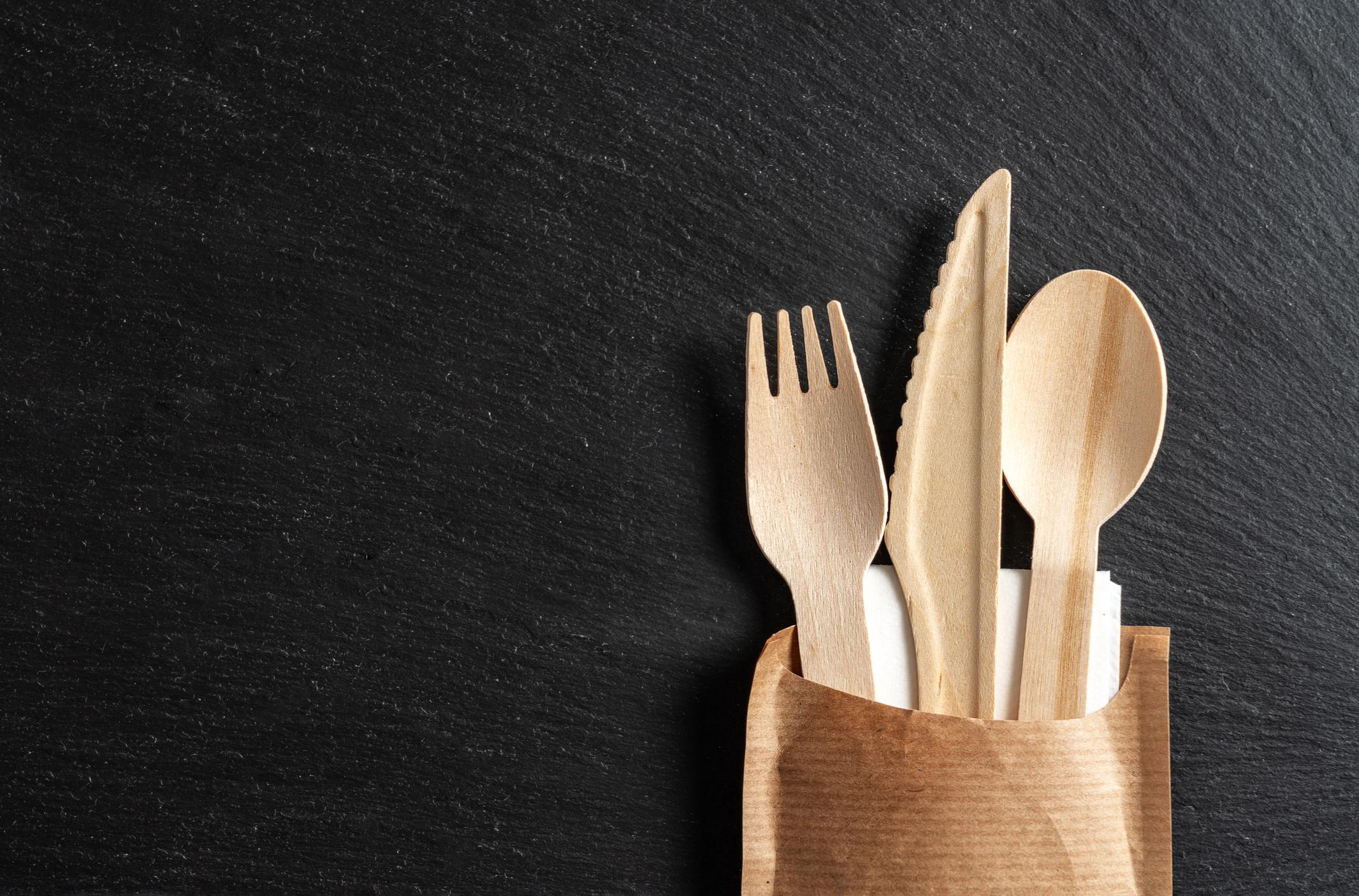The French association, Agir pour l’Environnement, has identified six types of plastic in Coca-Cola and Schweppes bottles.
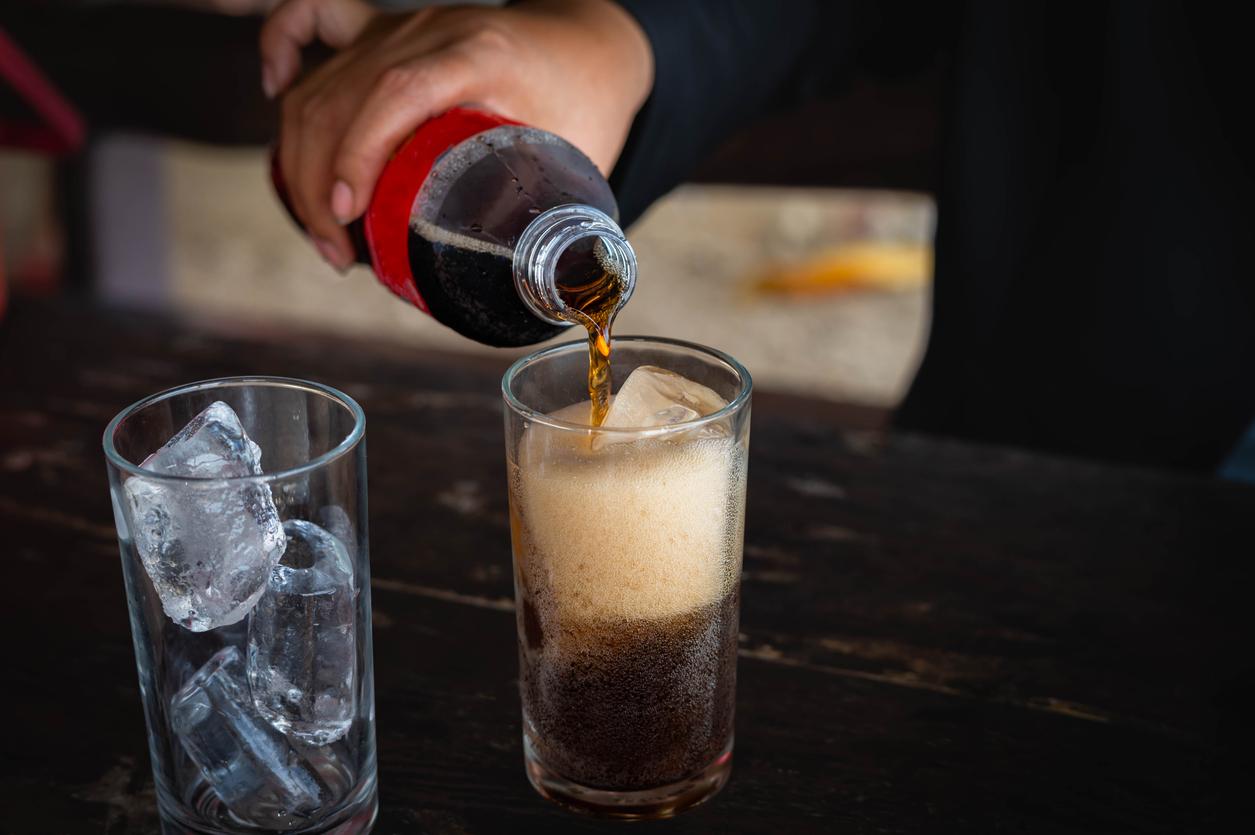
- An investigation by the association Agir pour l’Environnement revealed the presence of six different types of plastic in one-litre bottles of Coca-Cola and one and a half litres of Schweppes.
- After about twenty openings, 46 and 93 microparticles of plastic were identified, including polyethylene, polyethylene terephthalate and polyvinyl chloride.
- Nanoparticles of 200 to 600 nanometers were also detected after a single opening of the soda bottles.
Official sponsor of the Paris 2024 Olympic Games, Coca-Cola is known for its high sugar content, but its bottles also contain microplastics. This was recently reported by the French association, Agir pour l’Environnement. To reach this conclusion, the latter conducted an investigation during which she called on two laboratories specialized in the research and identification of micro and nanoplastics in order to measure the risk of ingesting fragments of plastic when drinking two sodas.
Coca-Cola, Schweppes: Bottles of two sodas were opened one, ten and twenty times
As part of the study, the experts analyzed a one-liter bottle of Coca-Cola and a 1.5-liter bottle of Schweppes Indian Tonic. To replicate real-world conditions, the bottles examined were opened once, 10 times, and 20 times to assess the impact of multiple bottle openings on the presence of microplastics between 10 µm and 5 mm, each time on a new bottle. “The 10-time opening was repeated twice with a temperature variation upstream of the analysis in order to assess whether the storage conditions had an impact on the quantity of microplastics present. And the analysis after 20 consecutive openings was repeated twice under the same storage conditions,” except for the Schweppes Indian Tonic bottle. Then, the plastic particles were counted, measured, and the nature of the polymers identified at the micrometric scale. A complementary analysis of the particle populations was carried out at the nanometric scale and a direct observation of the particles was carried out by scanning electron microscopy.
Dozens of fragments of 6 types of plastic identified in soda bottles
In total, six different types of plastic were found in the soda bottles. In detail, the experts identified 46 and 93 microparticles of plastic respectively in a one-litre bottle of Coca-Cola and a one-and-a-half-litre bottle of Schweppes after about twenty openings.
“The polymers composing the detected microparticles were mainly polyethylene (PE), polyethylene terephthalate (PET), and polyvinyl chloride (PVC). Microparticles of polyamide (PA), polypropylene (PP), and polyurethane (PU) were also identified in smaller quantities.”we can read in the results. According to the experts, the number of microparticles increases significantly as the number of openings increases, which allows “to hypothesize that the degradation of the cap is responsible for the origin of the microplastics identified.”
Another discovery: nanoparticles of 200 to 600 nanometers present in the bottles after a single opening. After 20 openings of the Coca-Cola bottle, the nanoparticles observed in the soda have an average size of 518 nm nanometers.
Microplastics: “better consideration of their toxic potential is necessary”
As a reminder, microplastics, which can be ingested, inhaled or touched, are not without health risks, because they pass through the intestinal mucosa where they can be internalized by cells or enter the blood and lymphatic circulatory system and be deposited in other organs. Indeed, several studies have highlighted the presence of microplastics in the human body and in particular in the placenta, breast milk, penile tissues, feces, the digestive system (intestine, colon, liver), and in bodily fluids (saliva, blood, bronchoalveolar fluid, urine, spermatozoa).
“Better consideration of the toxic potential of micro-, and even more so nano-, plastic particles is therefore necessary in order to better understand their impact on human health but also on food chains and terrestrial and marine ecosystems more generally.”concluded the association’s experts.










